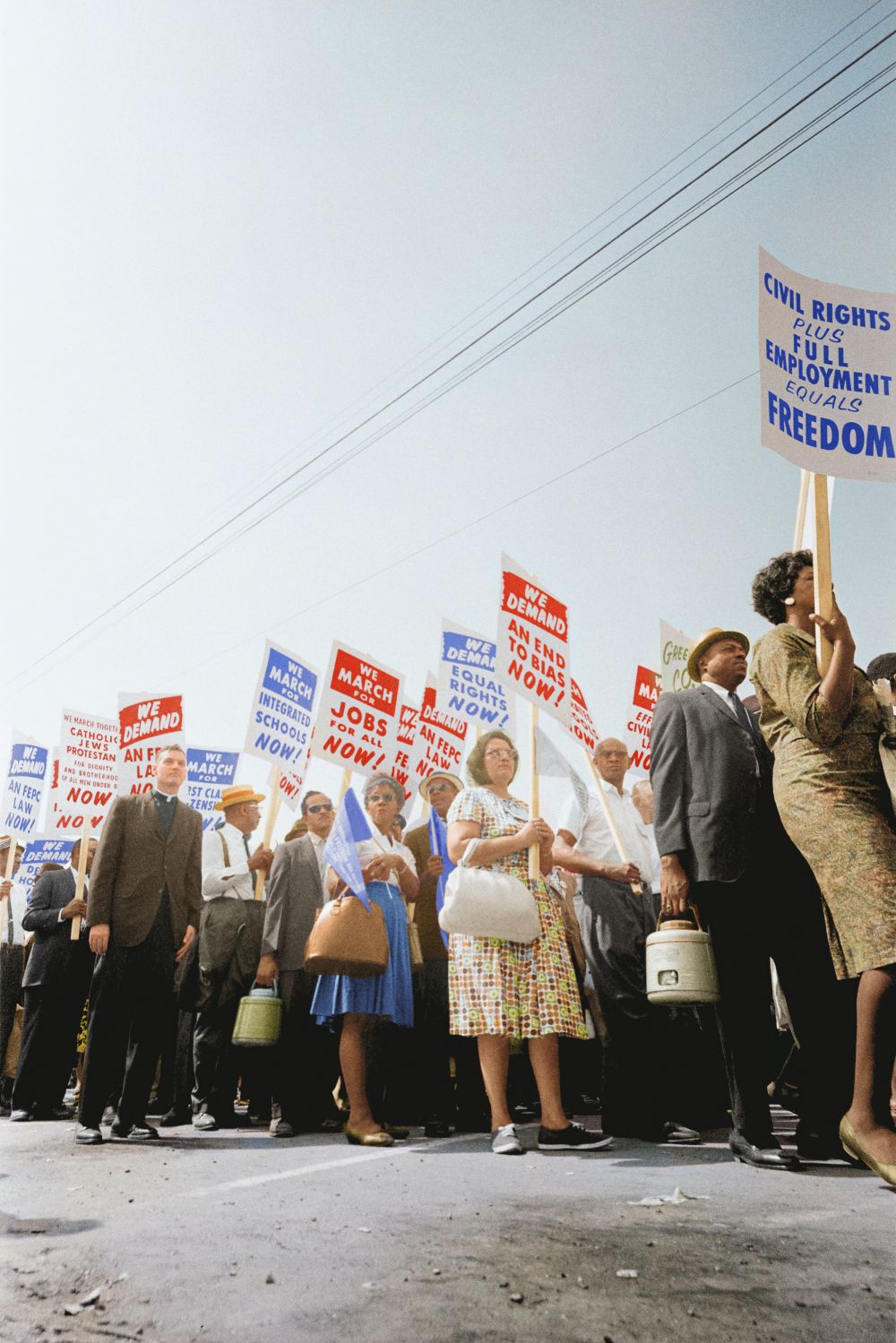The Classic Cars of the 1950s: A Comprehensive Guide

Introduction:
The 1950s marked an iconic era in automotive history, with the birth of numerous classic cars that still captivate the hearts of enthusiasts today. In this article, we delve into the world of 1950s cars, exploring their overall significance, types, popularity, quantitative measurements, variations, historical context, and the crucial decision-making factors for passionate car buyers.
I. Overview of 1950s Cars:

The 1950s witnessed a surge in car production and innovation, fueled by post-war economic prosperity. This section provides a thorough overview of the 1950s car scene, highlighting its transformative impact on the automotive industry, design trends, and cultural significance. The economic boom of the era, coupled with technological advancements, laid the foundation for the diverse range of cars that emerged, catering to various consumer preferences.
II. Types and Popularity of 1950s Cars:
This section delves into the different types of 1950s cars, exploring popular models, manufacturers, and the distinctive features that defined each. From sleek convertibles to stylish sedans, there was a car for every taste and budget during this golden era. We also examine the factors that contributed to the popularity of certain models, such as affordability, performance, design, and cultural associations.
III. Quantitative Measurements:
Quantifying the performance and capabilities of 1950s cars is essential for evaluating their impact. Here, we explore the quantitative measurements, including engine specifications, horsepower, acceleration, and fuel efficiency, to give readers a clear understanding of the technical aspects of these vehicles. A comparison of different models within the decade provides insights into the progression and improvements made in automotive engineering during this period.
IV. Differences Between 1950s Cars:
While all 1950s cars shared the general aesthetic of the era, this section highlights the variations that set them apart. From distinct design cues to unique performance characteristics, each car had its own identity. By examining examples of popular models, we draw attention to the differing styling elements, capabilities, and driving experiences that made each marque distinct.
V. Historical Review of Pros and Cons:
Understanding the advantages and disadvantages of 1950s cars is crucial for appreciation and informed decision-making. This section delves into the historical context, examining the pros and cons of 1950s cars. Factors such as reliability, safety features, maintenance costs, and technological limitations are discussed to provide a comprehensive view of the era’s automobiles.
VI. Key Factors for Car Enthusiasts:
To conclude the article, we highlight the most decisive factors influencing car enthusiasts’ purchasing decisions. From classic appeal to rarity, performance, and collectability, we analyze what makes 1950s cars highly sought after by passionate collectors and aficionados. By exploring the emotional aspect of car ownership, we delve into the intangible qualities that elevate these vehicles from mere transportation to cherished automotive icons.
Conclusion:
The 1950s brought forth a breathtaking array of automobiles that still hold a special place in the hearts of car enthusiasts today. This comprehensive guide has explored the overall significance of 1950s cars, their types and popularity, quantitative measurements, differences, historical context, and decision-making factors. By shedding light on these elements, we aim to not only inform but also inspire a deeper appreciation for the timeless charm and allure of the 1950s automobile.
[INSERT VIDEO(S) HERE: e.g., showcase a classic 1950s car in motion, or restoration process]
References:
Include a list of reliable sources used for research, such as books, reputable automotive websites, and expert opinions to ensure the article’s credibility.
Note:
To enhance the chances of being featured as a prominent snippet in Google search results, use clear subheadings (H2 tags) throughout the text and incorporate bullet points when appropriate to present essential facts and details concisely. Remember to start the article with a clear tag.











